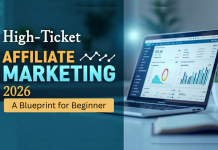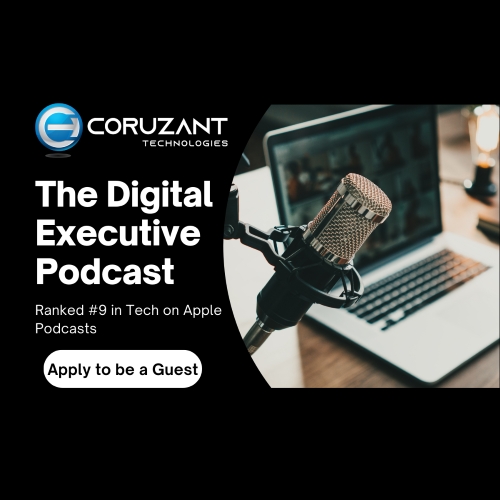Cold outreach doesn’t have to feel cold.
In 2025, buyers expect more. They’re busy, distracted, and immune to generic messages. But when done right, personalized outreach can open doors that templated pitches can’t.
The problem? You need to reach a lot of people. And writing one-on-one messages for every lead takes time—too much time.
So how do you keep your outreach human without burning hours each day?
That’s what this playbook is for: how to personalize at scale—without losing your touch.
Table of contents
A tale of two emails
Let’s start with two real messages.
Email 1:
Hey there,
I hope this finds you well. I wanted to introduce our revolutionary platform that streamlines workflows and boosts productivity by 48%.
Would you be open to a 15-minute call this week?
It’s generic. It’s vague. It could’ve gone to anyone. And that’s exactly what it sounds like.
Email 2:
Hi Mike—saw you posted about scaling your CS team after the recent Series A. Congrats! Curious—are you building that support stack in-house or exploring outside tools?
Short. Specific. Relevant.
One gets ignored. The other starts a conversation.
That’s the difference personalization makes. And it doesn’t have to take hours to pull off.
The 3 levels of personalization
Before we dive into tactics, it helps to understand how personalization actually works in cold outreach.
There are three levels:
1. Surface-level
You mention the company name or industry. Maybe their role. It’s better than nothing, but still feels like a template.
Example: “Helping finance teams at mid-size SaaS companies automate expense reporting.”
2. Contextual
You reference a recent event, project, or post. This shows real effort and builds trust fast.
Example: “Saw you’re hiring for revenue ops—are you looking to revamp the tech stack too?”
3. Insightful
You go beyond data. You offer a perspective or ask a smart question based on what you learned.
Example: “Looks like you’re targeting fintech startups—curious if you’ve tried segmenting by funding stage yet?”
Your goal? Hit level 2 or 3—consistently. And yes, you can still do that at scale.
Build a repeatable system
You don’t need to write every message from scratch. You just need the right system.
Here’s how to personalize at scale without losing your mind:
1. Start with segments
Group leads by shared traits—industry, role, recent funding, or tools used. This lets you tailor outreach without over-customizing.
2. Use modular templates
Build “plug and play” messages. Keep 80% of the structure consistent. Personalize the opening and the CTA.
3. Research fast
Use tools like Clay, LinkedIn, and company websites to find quick, relevant insights. Save them in your CRM or outreach tool.
4. Create dynamic fields
Automate fields like “company name,” “job title,” “tool mentioned,” and “recent news.” When combined well, it still feels personal.
This system lets you reach dozens—or hundreds—of leads without sounding robotic.
6 personalization tricks that actually work
You know the why. Now let’s get into the how.
These are real personalization tricks that SDRs, founders, and marketers are using to stand out—and spark replies:
1. Personal openers
Start with a reference to something they did:
- A post they wrote
- A podcast they appeared on
- A new job or funding announcement
2. Mutual connections or mentions
“Noticed you know Josh from RevOps Weekly—we worked together at Acme Inc.” This builds instant credibility.
3. Tech stack references
“Saw you’re using HubSpot and Apollo—are you handling outbound in-house or using a partner?”
4. Website feedback
“Checked out your site—love the blog. Have you considered adding comparison pages? They usually boost demo conversions.”
5. Role-based value props
Speak directly to what they care about. A head of ops wants efficiency. A founder wants growth. A marketing lead wants attribution.
6. Include a visual
Send a quick Loom video or screenshot. Or use a simple clickable email signature generator to make your signature more engaging. It’s small but leaves a big impression—and shows you’re not a spammer.
The tech stack that helps you scale
Personalization at scale doesn’t work without support. You need tools that do the heavy lifting—while you focus on strategy and messaging.
Here’s a sample stack that keeps things lean and effective:
- Clay and Reply.io – For enriched lead data and segmentation
- LinkedIn – For fast research and social context
- Lavender or Grammarly – For polishing tone and structure
- Loom – For sending short, personalized videos
- Outreach or Instantly – For sending and tracking messages
- Clickable email signature generator – To build trust and drive traffic passively
With this stack, you can queue up 50–100 personalized emails a day that don’t sound automated.
Follow-up to cold outreach = where personalization still matters
The first message gets attention. The follow-ups close deals.
Too many reps drop the ball here. They copy/paste “just checking in” and wonder why nobody replies.
Keep the same energy in your follow-ups. Personalize, add value, and make it feel natural.
Here’s how to keep it human—after the first touch:
- Reference a change or update: “Noticed your team just rolled out a new product—does that shift your priorities?”
- Add a resource: “Thought this case study might be useful—it’s about a team similar to yours that saw a 32% drop in churn.”
- Circle back with context: “Totally understand if now’s not the time. Would it make sense to revisit this next quarter?”
You don’t need 10 follow-ups. You just need a few thoughtful ones.
Use AI wisely (but don’t let it write for you)
AI can help you scale faster—but only if you use it right.
Tools powered by sales automation AI can handle everything from scheduling automated follow-ups to scoring leads to drafting personalized snippets.
Use AI for:
- Finding insights
- Predicting send times
- Generating outlines
- Suggesting subject lines
But when it comes to tone, voice, and building trust? That’s still on you.
No bot can replace a rep who actually gets the customer.
Final thoughts
Personalization isn’t optional anymore. It’s what separates ignored messages from booked meetings.
But you don’t need to choose between quality and quantity. With the right system—and a little help from smart tools—you can scale cold outreach without losing the human touch.
Start small. Build your segments. Test your messages. Improve over time.
And remember: people buy from people who make them feel seen.











